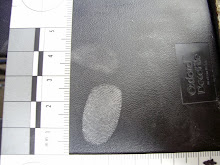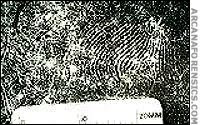There are 4 different types of Blood: A, B, AB, and O. This is based on the presence or absence of antigens on the surface of the red blood cell.There are technically 2 different types: A and B. AB is when you have both types and O is when you have none. When you give blood to another person, if they have a different blood type than of which you give them, then the results can be fatal because the antibodies in one blood begin to attack the other. So if you are O then you are the universal donor because you have neither. Where as AB is the universal recipient because it can accept blood from A, because it has A in it, and B for the same reason, AB because it has both A and B in it and O because it has neither. This all started in 1901 when an Austrian named Karl Landsteiner discovered the human blood groups. He made it possible to determine blood types and therefore made transfusions possible. Transfusions are intended to save a lives. A transfusion is taking blood from one blood type and giving it to someone with the same blood type to help them with things like massive blood loss due to trauma. Although various diseases can be passed from one to another through transfusions like HIV, Hepatitis B and C, Malaria etc. The RhD is also a very important factor. If the RhD is not the same then the consequences would be the same as mixing two different types of blood. RhD refers to the absence (-) and the presence (+) of the Rhesus, a type of antibody. This was discovered in an experiment in 1937 where Karal Landstiner and Alexander S. Wiener discovered that rabbits, when immunized with rhesus monkey cells, created agglutinates, an antibody. Which is the red blood cells of many humans.
The picture below better explains blood types, the antibodies in them and the antigens in them:

 The above picture is of a blood typing kit we did in class
The above picture is of a blood typing kit we did in class






No comments:
Post a Comment